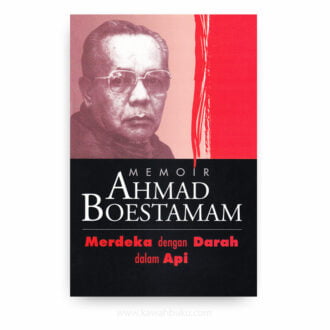Planting Empire, Cultivating Subjects: British Malaya, 1786–1941 examines the stories of ordinary people to explore the internal workings of colonial rule. Chinese, Indians, and Malays learned about being British through the plantations, towns, schools, and newspapers of a modernizing colony. Yet they got mixed messages from the harsh, racial hierarchies of sugar and rubber estates, and cosmopolitan urban societies. Empire meant mobility, fluidity, and hybridity, as well as the enactment of racial privilege and rigid ethnic differences.
Using sources ranging from administrative files, court transcripts and oral interviews to periodicals and material culture, the author explores the nature and development of colonial governance and the ways in which Malayan residents experienced British rule in towns and plantations. This is an innovative study demonstrating how empire brought with it both oppression and economic opportunity, shedding new light on the shifting nature of colonial subjecthood and identity, as well as the memory and afterlife of empire.
The book is divided into two parts. The first part focuses on the nineteenth century, describing the expansion of British colonial rule in its various forms throughout the Malay Peninsula, and the corresponding growth of plantation agriculture and the rise of new urban centres, such as Ipoh. This begins, strangely enough, with a focus on Penang and the Penang Sugar Estate—whose archive the author had access to—instead of Singapore, where most of the energy and ideology for the spread of British power originated, particularly in the post-1874 period on which she focuses. While this may be a result of the sources she used to gain greater insight into the period and working within the modern political boundaries of Malaysia, it results in a diminishment of the role that Singapore played in such endeavours.
Although such a perspective is problematic, this section, as well as the rest of the work, provides an interesting survey of the various threads of interaction between newly arrived immigrants, British administrators and overseers and the economic and social milieu in which they lived. This is accomplished in the next three chapters, in which Lees shifts her focus to the social world of plantations, and then their role in the growth of new urban centres and the ‘layered sovereignty’ of various powers enacting controls over the lives of the populace. She ends the first section with a consideration of the nascent urban society that developed in various towns and cities following the spread of plantations and new labour regimes.
The second section of Planting Empire, Cultivating Subjects details many of these same developments in the twentieth century, leading up to the Japanese Occupation. The chapters in this section centre on the impact of the rubber boom and subsequent modernization in the towns, the cosmopolitan urban culture that began to permeate these towns, and issues related to urban governance. Lees ends this second section with a consideration of the multiple allegiances of the various ethnic groups, before an epilogue discusses how colonial rule is remembered in modern Malaysia.











Reviews
There are no reviews yet